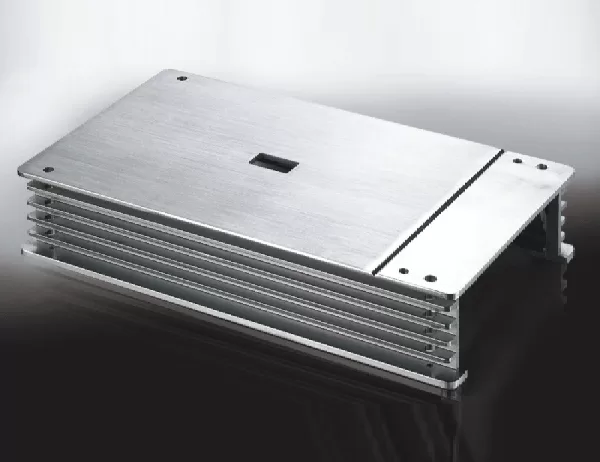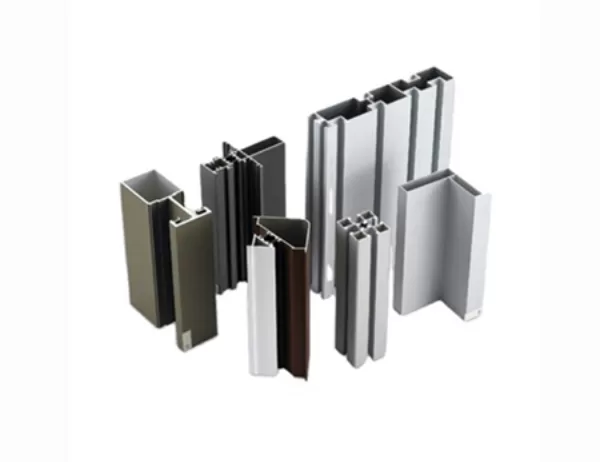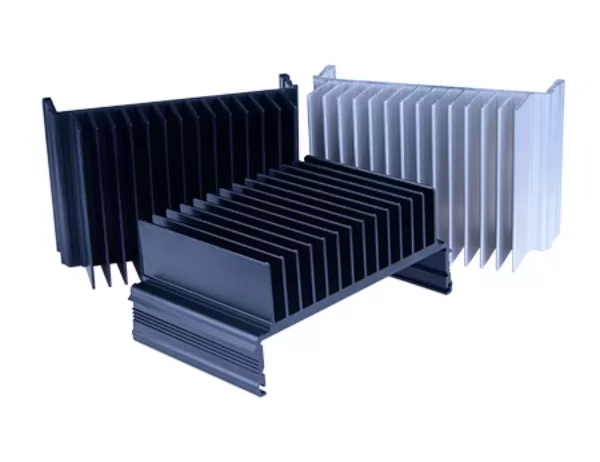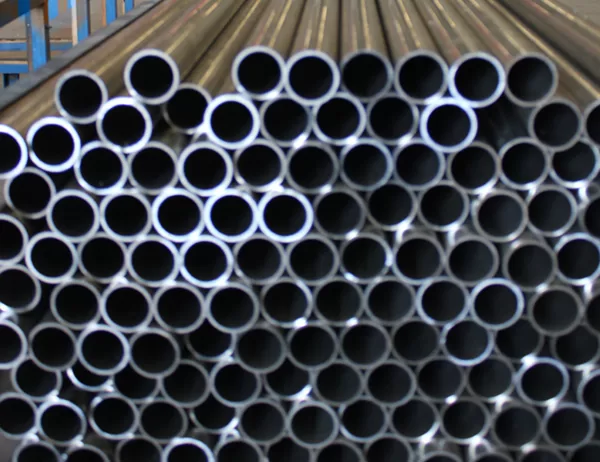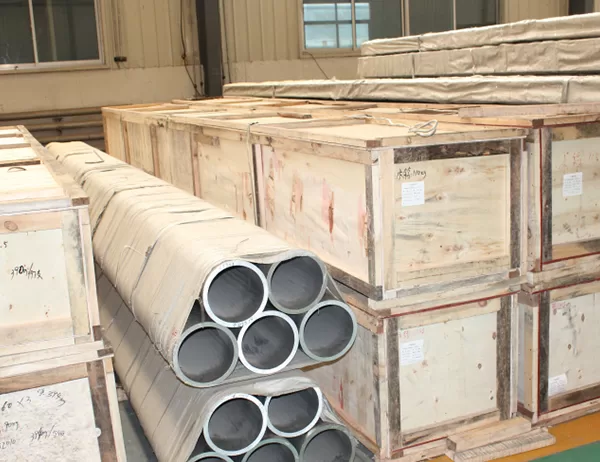Introducing The Ultimate Guide to Extruded Aluminum Pipes, an indispensable resource for engineers, architects, and manufacturers seeking to harness the versatility of this exceptional material. This comprehensive guide delves into the intricacies of extruded aluminum pipes, empowering readers with the knowledge and insights to optimize their applications.
Extruded aluminum pipes boast an array of exceptional properties that make them ideal for a wide range of industries. Their low density, combined with high strength and rigidity, ensures lightweight and durable constructions. Aluminum’s excellent electrical and thermal conductivity facilitates efficient heat transfer and electrical insulation. Additionally, aluminum’s corrosion resistance and aesthetic appeal make it an enduring and versatile material.
The extrusion process for aluminum pipes involves heating aluminum billets to a specific temperature and then forcing them through a die to achieve the desired shape. This process allows for the production of complex profiles with precise dimensions and intricate designs. The extruded pipes undergo additional processes such as straightening, cutting, and surface treatment to enhance their functionality and aesthetics.
Due to their exceptional properties, extruded aluminum pipes find applications across numerous industries, including:
Construction:
As structural components, railings, and window frames, extruded aluminum pipes provide durability, lightweight, and aesthetic appeal.
Automotive:
In vehicle frames, bumpers, and engine components, they contribute to weight reduction, strength, and corrosion resistance.
Aerospace:
Their use in aircraft structures, wing spars, and fuel lines demonstrates their high strength-to-weight ratio and reliability.
Consumer Products:
From sporting goods to electronics, extruded aluminum pipes offer strength, corrosion resistance, and visual appeal.
Extruded aluminum pipes contribute to sustainability through their recyclability and energy efficiency. Aluminum is a highly recyclable material, reducing waste and conserving natural resources. Additionally, the lightweight nature of aluminum pipes facilitates transportation and reduces emissions during the construction process.
The Ultimate Guide to Extruded Aluminum Pipes provides a comprehensive understanding of the properties, manufacturing processes, applications, and sustainability considerations of this versatile material. By leveraging the information provided in this guide, engineers, architects, and manufacturers can unlock the full potential of extruded aluminum pipes, creating innovative and durable solutions for a wide range of industries.
